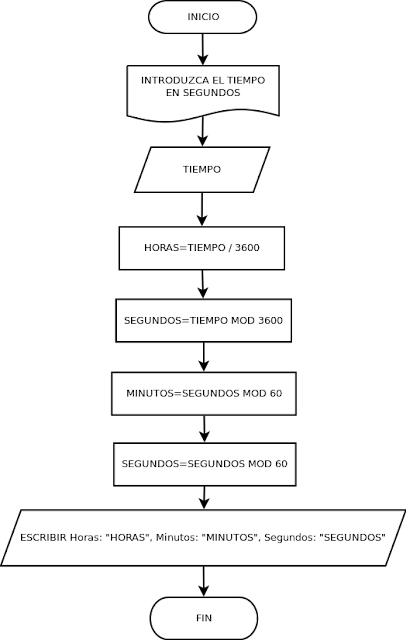Unidad VI Vamos a Aprender con Rails For Zombies
RAILS FOR ZOMBIES
Level 1: Deep in the Crud Find I
Try to find a Zombie where the ID is 1.
$ t=Zombie.find(1)
Create
Create a new Zombie.
$t=Zombie.create(id:4,name:"Judith",graveyard:"My syster")
Find II
Find the last Zombie in the database, but don't use IDs
$ Zombie.last
Query
Find all Zombies ordered by their names.
$ Zombie.order(:name)
Update
Update Zombie 3's graveyard to 'Benny Hills Memorial'
$ t = Zombie.find(3) $ t.update(graveyard:'Benny Hills Memorial')
Destroy
Destroy the Zombie with an ID of 3.
$ t = Zombie.find(3) $ t.destroy
Create Model
Define a Zombie model.
class Zombie ActiveRecord::Base end
Validations I
Add a validation that checks for the presence of a Zombie's name
class Zombie < ActiveRecord::Base
validates_presence_of:name
end
Validations II
Add a validation that checks for the uniqueness of a Zombie's name.
Add a validation that checks for the uniqueness of a Zombie's name.
class Zombie < ActiveRecord::Base
validates_uniqueness_of:name
end
Validations III
Validate both the uniqueness and the presence of a Zombie's name on a single line, using the new validation syntax.
class Zombie ActiveRecord::Base
validates:name, uniqueness:true, presence:true
end
Belongs To
A Weapon belongs to a Zombie. Create that relationship.
A Weapon belongs to a Zombie. Create that relationship.
class Weapon ActiveRecord::Base
belongs_to :zombie
end
class Zombie ActiveRecord::Base
has_many :weapons
end
class Weapon ActiveRecord::Base
belongs_to :zombie
end
Relationship Find
Assuming the models and relationships are properly defined, find all the weapons that belong to Zombie 'Ashley'.
Assuming the models and relationships are properly defined, find all the weapons that belong to Zombie 'Ashley'.
class Zombie ActiveRecord::Base
has_many :weapons
end
class Weapon ActiveRecord::Base
belongs_to :zombie
end
$ ashley = Zombie.find(1)
<% zombie = Zombie.first %> <%= zombie.name %> <%= zombie.graveyard %>
LINKING
Link to the zombie's show page. Use the zombie's name as the anchor text
<% zombie = Zombie.first %> <%= link_to zombie.name, zombie %>
EACH BLOCKS
Use an each block to print the names of all the zombies.
<% zombies = Zombie.all %>
<% Loop through each zombies %>
<%= zombies.name %>
<% end %>
<% zombies.all.each do |zombie| %>
<%= zombie.name %>
<% end %>
IF
In the each block, if a zombie has more than one tweet, print out SMART ZOMBIE.
<% zombies = Zombie.all %>
<% zombies.each do |zombie| %>
<%= zombie.name %>
<% if zombie.tweets.size > 1 %>
SMART ZOMBIE
<% end %>
<% end %>
LINKING IN BLOCKS
In the each block, make the zombie's name link to its edit page.
<% zombies = Zombie.all %>
<% zombies.each do |zombie| %>
<%= zombie.name %>
<%= link_to zombie.name, edit_zombie_path(zombie) %>
<% end %>
Create the show action for the ZombiesController which finds a Zombie based on params[:id]. Store the Zombie object to an instance variable named @zombie.
class ZombiesController < ApplicationController
def show
@zombie = Zombie.find(params[:id])
end
end
RESPOND TO
Finish the respond_to block so the action returns the XML of the @zombie record
class ZombiesController < ApplicationController
def show
@zombie = Zombie.find(params[:id])
respond_to do |format| format.xml {
render xml: @zombie }
end
end
end
Controller Create Action
Write a create action that will create a new Zombie from the params and then redirect to the created Zombie's show page. Make sure to use Rails 4 strong_parameters.
class ZombiesController < ApplicationController
def create
@zombie = Zombie.create(zombie_params)
redirect_to @zombie
end
private
def zombie_params
params.require(:zombie).permit(:name, :graveyard)
end
end
Controller Before Action
Add a before_action that calls a method to check if a Zombie has tweets. Redirect to zombies_path if the zombie doesn't have tweets, only on show.
class ZombiesController < ApplicationController
before_action :find_zombie, only: :show
def show
render action: :show
end
def find_zombie
@zombie = Zombie.find params[:id]
if @zombie.tweets.size == 0
redirect_to zombies_path
end
end
end
Create a resources route for zombies.
TwitterForZombies::Application.routes.draw do
resources :zombies get '/new_zombie' => 'zombies#new'
end
Route Matching
Create a custom route so that '/undead' will go to the undead action on the ZombiesController.
TwitterForZombies::Application.routes.draw do resources :zombies
get '/undead' => 'zombies#undead'
end
Route Redirecting
TwitterForZombies::Application.routes.draw do
get '/undead' => redirect('/zombies')
end
Root Route
Create a root route to the ZombiesController index action.
TwitterForZombies::Application.routes.draw
do root to: "zombies#index"
end
Named Route
Create a named route. It should generate a path like '/zombies/:name' where :name is a parameter, and points to the index action in ZombiesController. Name the route 'graveyard'
TwitterForZombies::Application.routes.draw do
get '/zombies/:name', to: 'zombies#index', as: 'graveyard'
end
Me pareció súper genial esta modalidad ya que puse en practica los conocimientos adquiridos en los videos del curso... Y ya que se realizan las practicas en vivo se puede saber si tienes algún error en y se puede corregir al momento.









Comentarios
Publicar un comentario